What is rowing?
Rowing is a rapidly developing sport in Hong Kong. It has not only become a recreation activity for Hong Kong people, but also provides high-level training for athletes to reach Olympics and Asian Games standard. The following brief introduction provides you with basic knowledge about Rowing.
Type of Rowing Boats
Fine boats are specifically designed for competitions and training purposes on flat water such as rivers and lakes. The boat is lightweight with a narrow hull. Fine boats can be divided into two categories, namely “Sweep Oar Boat” and the second is “Sculling Boat”. In a sweep oar boat, each rower uses a single oar, whereas in a sculling boat, each rower uses two oars. Fine boats are available in single seat (single scull), 2 seats (pair or double-scull), 4 seats (four or quad scull) and 8 seats (eight) format. The larger boats may have a coxswain to steer and direct the crew. Eights always have a coxswain but fours and pairs are available with or without a coxswain.
Type Of Sculling Boats
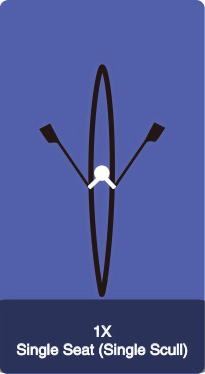
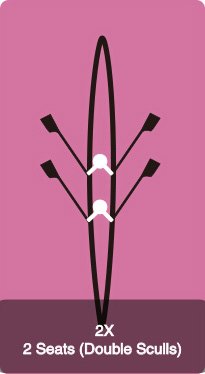
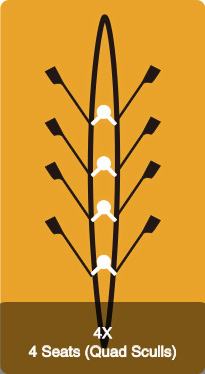
Type Of Sweep Boats
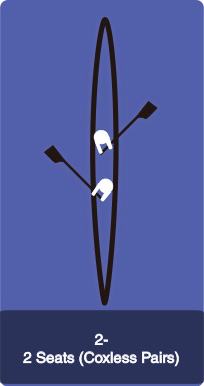
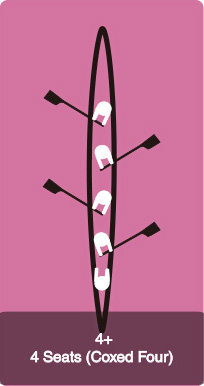
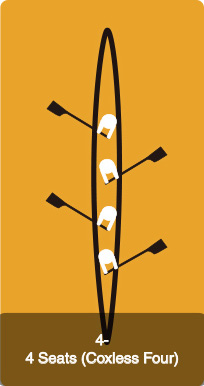
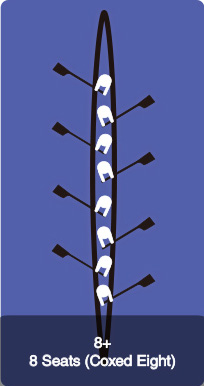
Rowing Boat Structure
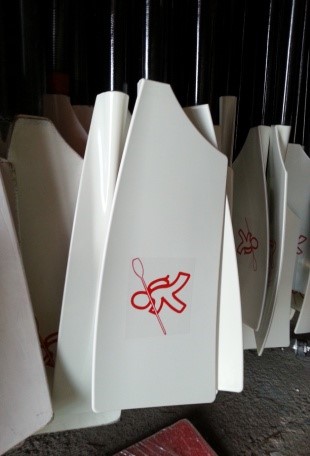
Blades / Oars
The oar is the primary piece of equipment used to propel the boat through the water. The oar consists of a long, hollow shaft (traditionally wooden, but nowadays carbon fibre) with a handle at one end and a blade at the other end. Oars can be divided into ‘Sculling’ and ‘Sweep’ oars, and different oars are used in different types of boat. Sculling oars are used in sculling boats and these are shorter, with a smaller blade, than sweep oars, which are used in sweep boats. A sculler uses two sculling oars, whilst a sweep rower uses a single sweep oar.
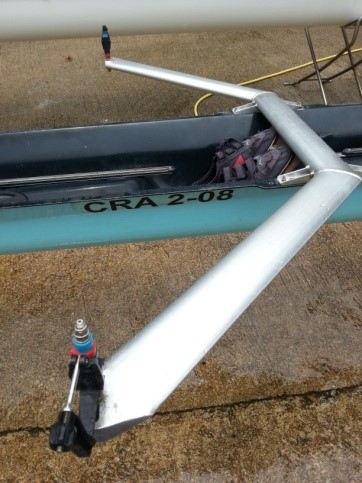
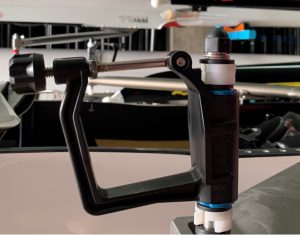
Riggers and Oar Locks
The Rigger is a tubular structure projecting from the side of the boat. The Oar lock is located at the end of the rigger. On a sculling boat the riggers are symmetrical, whilst in sweep boats the riggers are staggered. Each oar lock has a gate which can be opened to allow the oar to be inserted, and then securely closed to retain the oar in place during rowing.
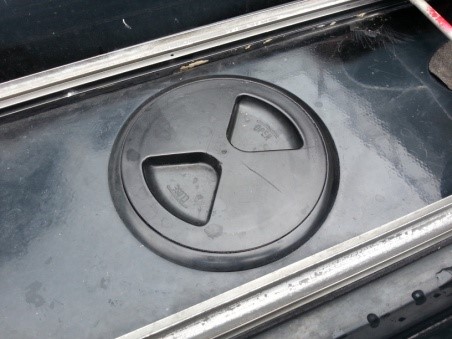
Bulkhead
There are watertight bulkheads at each end of the boat and beneath each seat. These provide additional floatation in case the boat is swamped, and the access hatches must be properly closed before the boat is put into the water in order to seal the bulkheads.
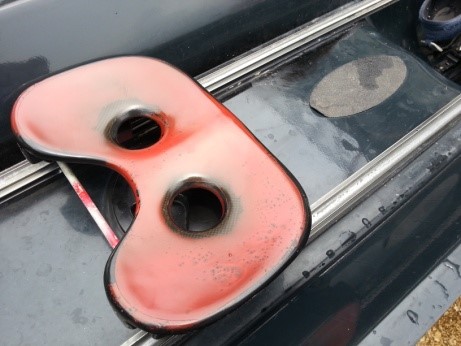
Seat and Slide
The sliding seat moves backward and forward along the boat, allowing the rower to make full use of the legs and back to apply the maximum power during the rowing stroke.

Shoes and Stretcher
The rowers’ feet are attached to the boat using shoes fixed to a plate in the boat, called a stretcher. This provides a stable base to push off. The heels of the shoes are not fixed, to allow the rower to bend the legs, but the “quick-release” shoes are connected to the stretcher with string to ensure that the rower can remove his feet from the shoes if the boat capsizes.
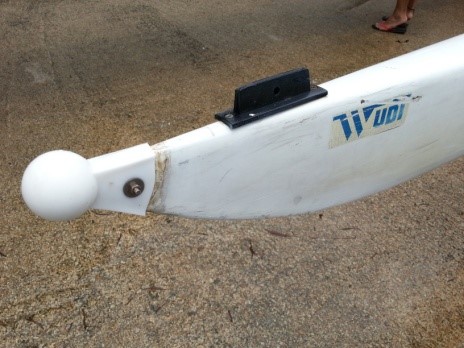
Bow Ball
All rowing boats are required to have a soft rubber ball attached at the bow of the boat in order to reduce damage and injury in the event of a collision..
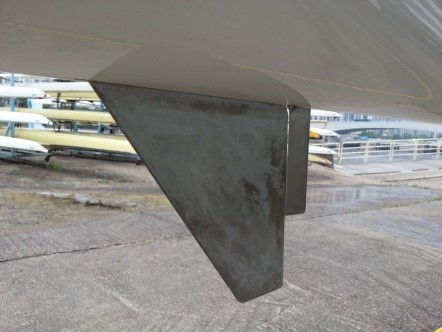
Rudder and Fin
The rudder and fin are generally made from aluminium, and are fixed beneath the boat. The rudder is used (either by the coxswain or by the steersman in a coxless boat) to steer the boat, whilst the fin helps to maintain the stability of the boat.

